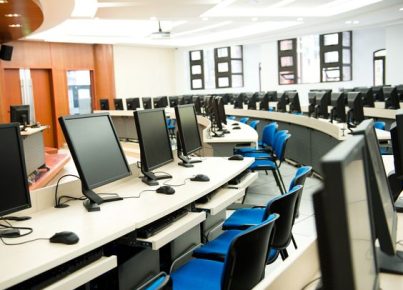Introduction:
In recent years, education budgets have been a topic of heated debate among policymakers, educators, and parents alike. As communities grapple with the need for increased funding to support schools, questions have surfaced regarding the actual impact of budget increases on educational institutions. This article aims to shed light on the real effects of budgetary changes on schools and determine how much more schools truly receive from budget increases.
Understanding the Budget:
To properly assess schools’ gains from increased budgets, it is essential first to understand the composition and allocation of education budgets. Federal, state, and local governments all contribute to education finances with varying degrees of control and distribution requirements.
The education budget comprises several components: salaries for teachers and other staff members, instructional materials, technology expenses, transportation costs, building maintenance and improvement, extracurricular activities, and administrative expenses. These categories not only differ per school but also change over time based on evolving needs.
Factors Impacting the Increase:
Several factors can influence how much more a school receives when its budget is increased.
1. Inflation: With prices for goods and services perpetually rising due to inflation, a budget increase may merely maintain current levels of funding rather than enhancing financial resources available to a school.
2. Restricted funds: Governing entities often earmark budget increases for specific purposes or programs. In these cases, schools may not experience broad benefits from the additional funding but rather gain targeted improvements or additions.
3. Existing disparities: Budget increases may be difficult to evaluate due to existing discrepancies in educational funding based on factors such as location or enrollment size. In some instances, more affluent regions benefit from larger budgets at a higher level while other areas experience inadequate support.
Analyzing the Real Gains:
Now that we’ve reviewed contributing factors let us focus on ways to measure real gains from budget increases for schools.
1. Per-pupil spending: A standard method to assess and compare financial allocations is calculating the per-pupil spending ratio. By dividing the total budget by the number of students, it becomes possible to analyze the real change in expenditure with a fair comparison across schools.
2. Staff-to-student ratios: Increased funding may lead to smaller class sizes or heightened individualized attention for students if schools use the budget increase to hire additional teachers or specialist staff.
3. Facility improvements: Measuring budgetary gains can also manifest through improvements in facilities, technology infrastructure, or the availability and quality of instructional materials.
Conclusion:
Understanding how much more schools receive from budget increases is a complex task that requires considering various factors and employing different evaluation methods. It is crucial for policymakers, educators, parents, and other stakeholders interested in improved educational outcomes, to be well-informed about the real impact of budget increases on education. This understanding will enable them to make decisions that support schools most effectively in achieving better outcomes for all students.



